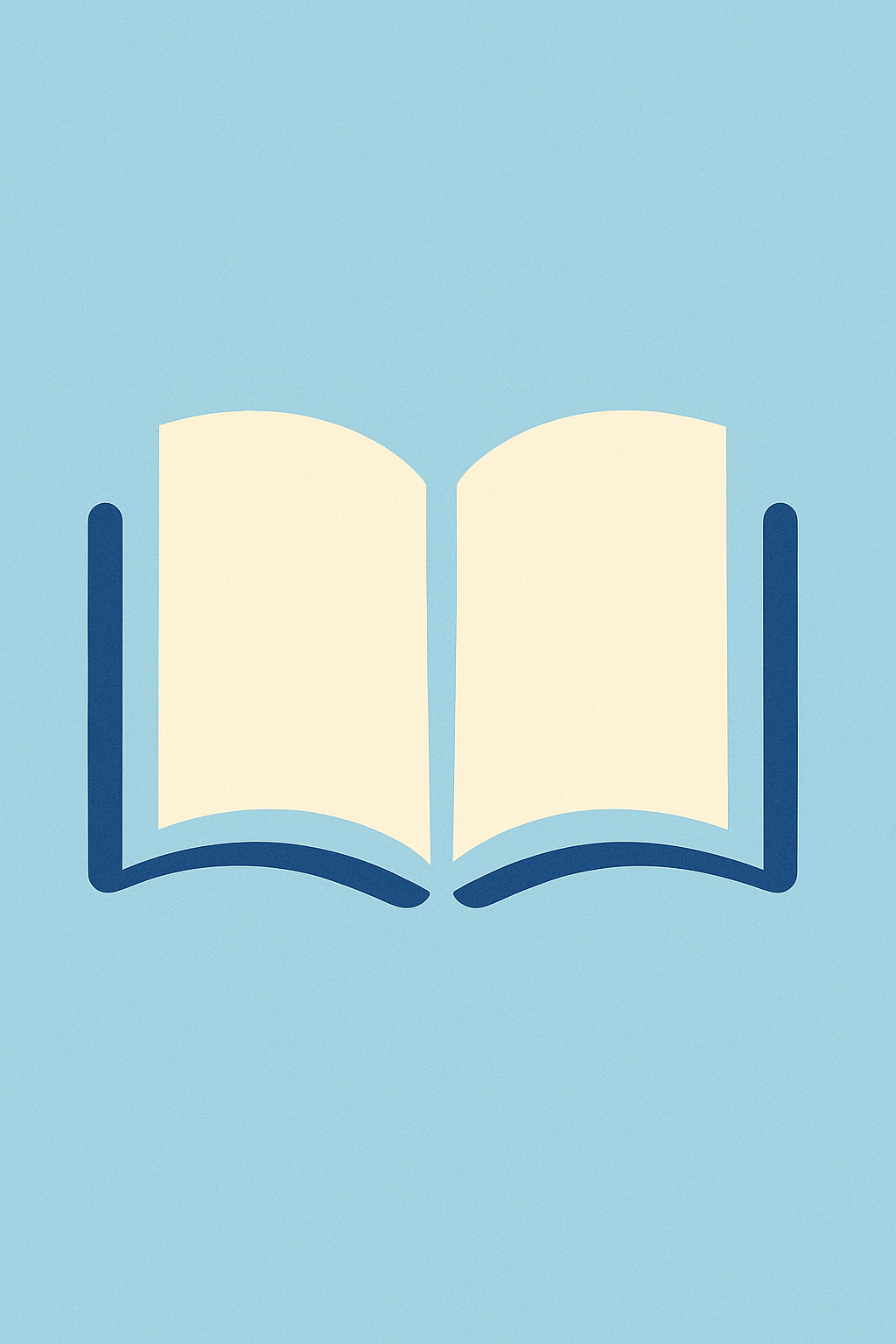
Reading: A Psycholinguistic Guessing Game
References and Quotes
1955 proved to be a year of great frustration to the reading combine because of the publication of Rudolf Flesch’s hostile Why Johnny Can’t Read, which precisely analyzed the trouble and laid it at the doorstep of the reading establishment. The book was a hot seller for over a year, continuing to reverberate through the reading world for a long time thereafter. In 1956, 56,000 reading professionals formed a look/say defense league called the International Reading Association. It published three journals as bibles of enthusiasm: The Reading Teacher, The Journal of Reading, The Reading Research Quarterly. Between 1961 and 1964, a new generation of academics shape-shifted look/say into psycholinguistics under the leadership of Frank Smith, an excellent writer when not riding his hobby horse, and Kenneth and Yetta Goodman, senior authors at Scott, Foresman who had been widely quoted as calling reading "a psycholinguistic guessing game." From 1911 to 1981, there were 124 legitimate studies attempting to prove Cattell and the other whole-word advocates right. Not a single one confirmed whole-word reading as effective.
Gatto's referring to the 1967 paper Reading: A Psycholinguistic Guessing Game by Kenneth Goodman. He kicked off the second wave of non-phonetic methods, rebranded as "Whole Language" curriculum. It's a short paper and worth reading, if only to verify that neither Gatto nor I are exaggerating how non-sensical these methods are.